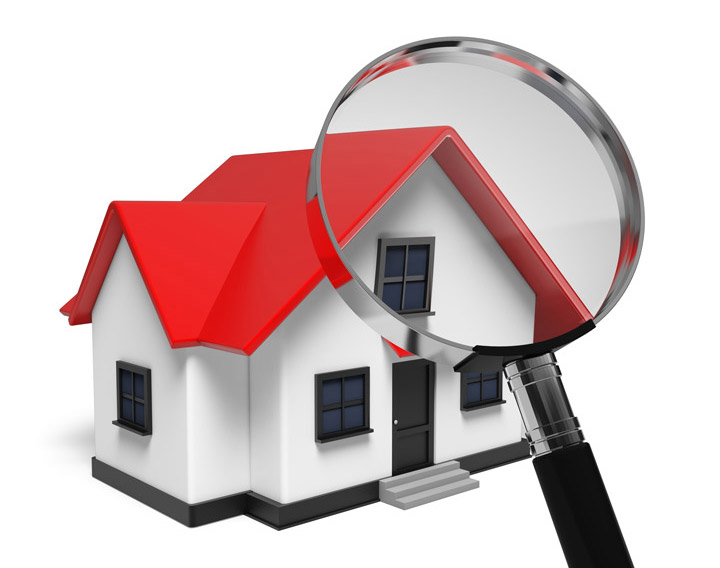
Decoding the Appraisal ProcessA home purchase is the most important financial decision most people might ever consider. Whether it's where you raise your family, an additional vacation home or a rental fixer upper, the purchase of real property is a complex transaction that requires multiple people working in concert to pull it all off. Most people are familiar with the parties taking part in the transaction. The real estate agent is the most known person in the exchange. Then, the mortgage company provides the money required to finance the transaction. And ensuring all requirements of the transaction are completed and that the title is clear to transfer to the buyer from the seller is the title company. So, what party is responsible for making sure the value of the property is consistent with the amount being paid? In comes the appraiser. We provide an unbiased opinion of what a buyer might expect to pay — or a seller receive — for a property, where both buyer and seller are informed parties. A licensed, certified, professional appraiser from Wankier Appraisal & Communications will ensure, you as an interested party, are informed. Inspecting the subject propertyOur first task at Wankier Appraisal & Communications is to inspect the property to determine its true status. We must see aspects of the property hands on, such as the number of bedrooms and bathrooms, the location, amenities, etc., to ensure they really exist and are in the shape a reasonable buyer would expect them to be. The inspection often includes a sketch of the floorplan, ensuring the square footage is correct and conveying the layout of the property. Most importantly, the appraiser identifies any obvious amenities - or defects - that would have an impact on the value of the property. Back at the office, an appraiser uses two or three approaches to determining the value of the property: a paired sales analysis, a replacement cost calculation, and an income approach when rental properties are prevalent. 
Replacement CostThis is where the appraiser gathers information on local building costs, labor rates and other factors to determine how much it would cost to construct a property nearly identical to the one being appraised. This estimate commonly sets the upper limit on what a property would sell for. The cost approach is also the least used method. 
Analyzing Comparable SalesAppraisers can tell you a lot about the subdivisions in which they appraise. They innately understand the value of certain features to the residents of that area. Then, the appraiser looks up recent transactions in close proximity to the subject and finds properties which are 'comparable' to the real estate in question. Using knowledge of the value of certain items such as square footage, extra bathrooms, hardwood floors, fireplaces or view lots (just to name a few), we add or subtract from each comparable's sales price so that they are more accurately in line with the features of subject property.
In the end, the appraiser reconciles the adjusted sales prices of all the comps and then derives an opinion of what the subject could sell for. When it comes to associating a value with features of homes in Salt Lake City and Salt Lake, Wankier Appraisal & Communications is second to none. This approach to value is most often awarded the most consideration when an appraisal is for a home exchange. Valuation Using the Income ApproachIn the case of income producing properties - rental houses for example - we may use a third way of valuing a property. In this scenario, the amount of income the real estate generates is factored in with income produced by similar properties to give an indicator of the current value. ReconciliationCombining information from all approaches, the appraiser is then ready to state an estimated market value for the property in question. The estimate of value at the bottom of the appraisal report is not necessarily what's being paid for the property even though it is likely the best indication of what a property is worth. Depending on the individual circumstances of the buyer or seller, their level of urgency or a buyer's desire for that exact property, the closing price of a home can always be driven up or down.But the appraised value is often used as a guideline for lenders who don't want to loan a buyer more money than the property is actually worth. Here's what it all boils down to, an appraiser from Wankier Appraisal & Communications will guarantee you discover the most fair and balanced property value, so you can make the most informed real estate decisions. |